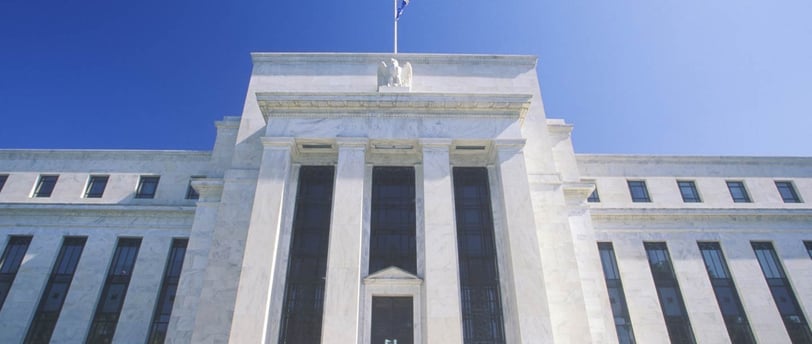Add your promotional text...
Federal Reserve’s Bold Move: What It Means for the U.S. Economy and Global Markets
Federal Reserve’s Bold Move: What It Means for the U.S. Economy and Global Markets Synopsis: The U.S. Federal Reserve has unanimously decided to keep interest rates unchanged, signaling cautious optimism about economic growth while acknowledging persistent inflation concerns. This decision comes amid an evolving economic landscape, a new presidential term, and global financial pressures, especially from China's DeepSeek. But what does this mean for businesses, investors, and the average American? Let's break it down.
MARKETSGLOBAL
By Alankrita Shukla
1/30/20252 min read


Federal Reserve Holds Rates Steady: A Strategic Pause or a Cautious Gamble?
The U.S. Federal Reserve made headlines by keeping interest rates steady at 4.25-4.50%, a move that reflects both confidence in economic resilience and caution over inflation trends. This marks the central bank's first major decision since President Donald Trump’s second term began, setting the tone for monetary policy in the months ahead.
The decision, which was unanimous among all 12 Federal Reserve officials, highlights the Fed's commitment to maintaining stability as it evaluates economic data in real time. However, with inflation still above target and market uncertainty looming, the question remains: Is this the right move for the economy?
Economic Expansion Amidst Inflation Pressures
Despite concerns, the Fed acknowledged that economic activity continues to expand at a solid pace. A stable labor market and relatively low unemployment have contributed to economic growth, but inflation remains “somewhat elevated.”
The central bank has dropped previous language suggesting inflation had made “progress” toward its 2% target, signaling a more cautious stance. The decision also follows China’s DeepSeek impacting U.S. markets, with major corporations like Nvidia experiencing losses.
What This Means for Americans
The Federal Reserve’s decision has wide-ranging effects:
For Homeowners & Borrowers: With interest rates unchanged, mortgage rates, auto loans, and credit card rates will likely remain steady. However, any signs of inflation resurgence could force the Fed to reconsider its stance.
For Investors: Stock markets showed mixed reactions. While bond yields remained stable, stocks lost some ground as investors recalibrated expectations regarding future rate cuts.
For Businesses: Companies will continue operating in a relatively high-interest-rate environment, potentially slowing expansion plans and hiring decisions.
Political and Market Reactions
The Fed’s independence is a frequent point of contention in Washington, and President Trump has previously pushed for rate cuts to stimulate economic growth. However, the Fed remains firm on its data-driven approach, prioritizing inflation control over political pressure.
On Wall Street, traders are now betting that rate cuts may not come until mid-2025, reflecting a shift in expectations compared to earlier predictions.
Looking Ahead: What’s Next for the Fed?
Fed Chair Jerome Powell emphasized that policymakers will continue to assess economic data before making further adjustments. The central bank is particularly focused on:
Inflation trends: Will price pressures ease further?
Labor market conditions: Is job growth sustainable?
Global economic factors: How will external pressures, such as China’s economic slowdown, affect the U.S.?
With the next Fed meeting scheduled in March, markets will be watching closely for any signs of a shift in monetary policy.
Final Thoughts
The Federal Reserve’s decision to hold rates steady reflects a delicate balancing act between economic expansion and inflation control. While the move provides stability in the short term, uncertainties remain. Will inflation continue to decline? Will global factors, like China’s economic shifts, create more disruptions? And how will the Trump administration influence future Fed decisions?
One thing is clear: The road ahead is uncertain, and every economic indicator will be under scrutiny.
